Skirting Options for Your Manufactured Home

Skirting is key to tying the exterior of your new manufactured together and protecting underneath your home. Learn more about what to consider when choosing between different skirting or underpinning options for your home.
When you buy a manufactured home from Clayton, not only do you have interior options to match your style, you can also make exterior style choices. This can include things like the siding colors, shutters and skirting. The skirting, also known as underpinning, goes around a manufactured home to enclose the crawl space underneath it and can be made of a variety of materials.
What types of underpinning options are there?
Most of our home centers offer a variety of skirting materials and style options. Common skirting materials include:
- Vinyl
- Concrete or stucco
- Brick and cinder block
- Fiber cement
- Lattice
When you’re at your local home center browsing home models or finalizing your home purchase, a home center consultant can show you the different skirting options they have available. They’re happy to help you find the perfect skirting to complement your personal style and complete your home’s exterior.
You’ll also want to check with your local building officials to find out which types of skirting materials are allowed in your area. Depending on where your home will be located, your local or state officials could require a specific type. But before you make your choice, find out how skirting can help protect and benefit your home.

What are the benefits of skirting for my manufactured home?
Attaching and maintaining the underpinning around your manufactured home has several important benefits:
- It helps properly ventilate your home. According to the HUD building codes for manufactured homes, skirting is required to have ventilation openings on all sides of the home to allow for proper air flow. This air flow helps reduce moisture underneath your home and prevent rusting or mildew.
- It prevents small animals from getting underneath your home. An animal under your home can become hurt or trapped, and any scratching or chewing could damage the wiring or insulation. Skirting can also keep young children from trying to explore underneath your home and possibly becoming injured in the process.
- It helps insulate your home. Skirting can help with energy efficiency by preventing excessive heat loss and protecting your pipes in the cold months.
- It gives your home more curb appeal. Skirting enhances the look of your home and allows you to personalize its appearance. From adding a rustic feel with stone skirting or creating a streamlined, clean look by matching the skirting and siding, you have options to make your home your own.
We do not recommend storing items underneath your manufactured home for several reasons, including possible moisture exposure to your belongings, potential pipe damage, damage from insects and pests, inconvenient access and creating a fire hazard.
Do I need a certain kind of foundation to use skirting?
All of the skirting options we list out below, even real brick and concrete block skirting systems, can be used with manufactured home foundations, including pier and beam foundations.
Your skirting does not determine the type of foundation your home needs to have, because the HUD code all manufactured homes are built to requires the entire perimeter of your home to be enclosed by a suitable skirting material, regardless of the foundation type.
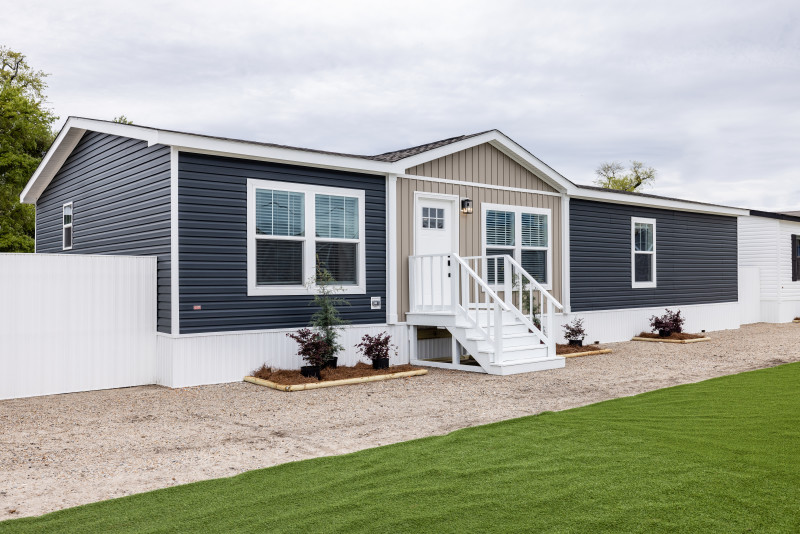
Vinyl Skirting
Vinyl is the most popular material for single-section and multi-section homes and is:
- Easy to install
- Affordable
- Attractive and flexible in style options
- Resistant to mildew and rot
A common style of vinyl underpinning for manufactured homes is made of panels with vertical lines. These can come in an array of colors to complement your home’s exterior. Vinyl skirting can also be made to look like stone, brick and other textures in a wide range of colors and tones.

Concrete or Stucco Skirting
Concrete skirting panels, often called stucco skirting, are a sturdy option that resist rot and pests.
Some concrete skirting panel brands include hidden ventilation panels, so you have a seamless look but still get the proper ventilation you need to reduce gas and moisture buildup under your manufactured home. Concrete skirting is heavy and considered more difficult to install than other types of skirting but can be a smart option because of its durability.
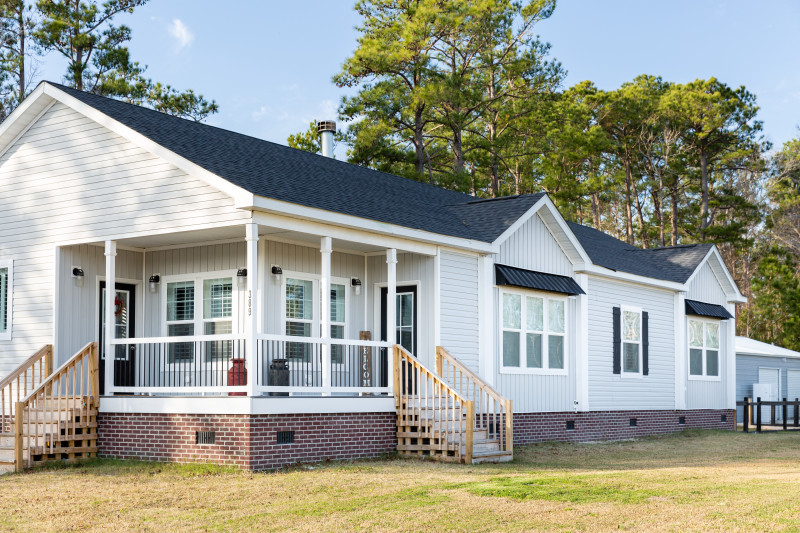
Brick and Cinder Block Skirting
There are vinyl and resin skirting systems that can be made to look like brick or blocks, but you can also skirt your home with actual bricks or cinder blocks to enhance the style of your exterior and make it look more like your manufactured home has a permanent foundation.
Using bricks or blocks to skirt your home will cost much more than vinyl, but the weight and durability of brick skirting means you likely won’t need to replace it for many years.
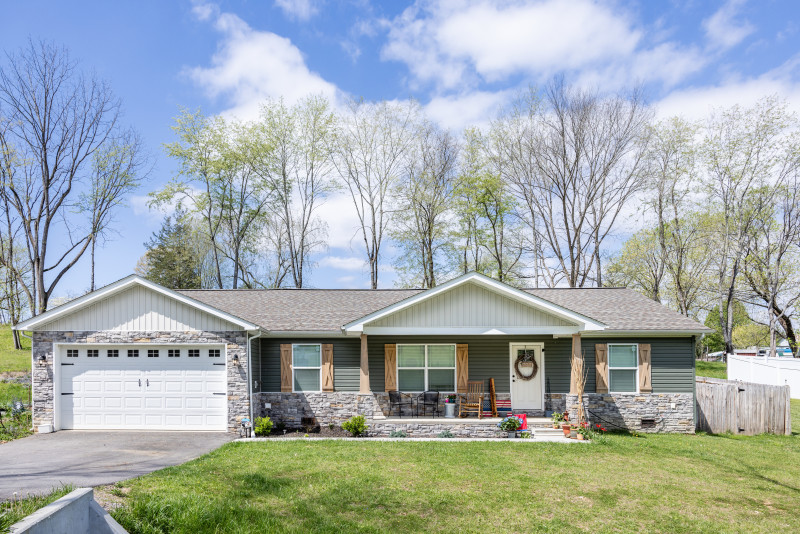
Faux Brick or Stone Skirting
Faux brick or stone skirting is made from sturdy plastic and looks very realistic. They are slightly more rigid than vinyl panels, help insulate the area under your home and hold up well in different weather conditions.
This type of underpinning is fairly easy to install and comes in a variety of patterns. Because of how it’s made, it’s slightly more expensive than vinyl options.
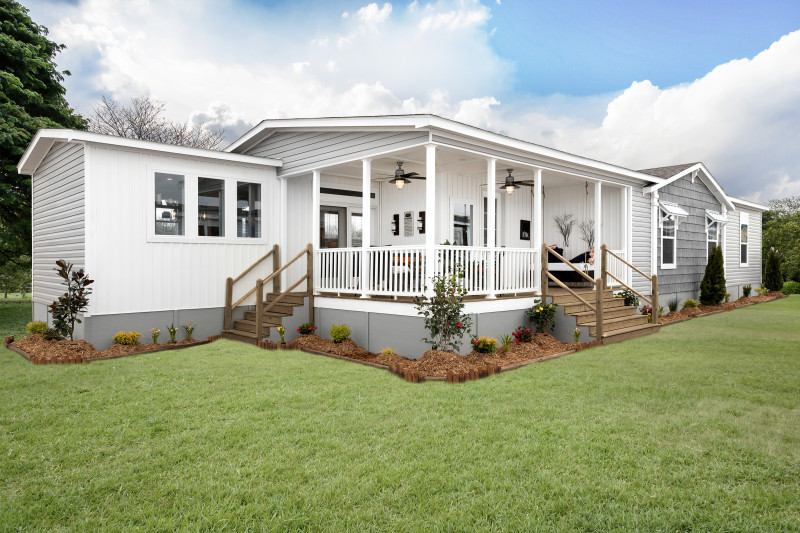
Fiber Cement Skirting
Some people may prefer to use exterior siding material, such as lap vinyl skirting or fiber cement siding, to skirt their manufactured homes. If you choose to use fiber cement siding as skirting, it can match or complement your siding.
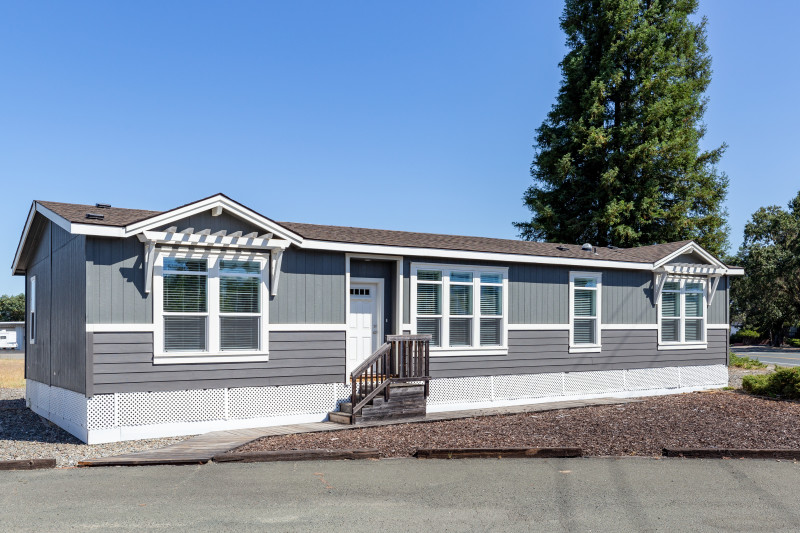
Lattice Skirting
Lattice skirting for manufactured homes can be made of either vinyl or wood. With any type of lattice skirting, ventilation is usually not an issue because the spaces in the lattice pattern naturally allow for air flow.
Wood lattice skirting is fairly inexpensive and easy to work with but can be susceptible to rot and mildew if it is not treated. Wood lattice also does not take wear and tear as well as other materials.
Vinyl lattice skirting is available in many colors and can have unique lattice patterns like stars and flowers, so it makes for an affordable, customizable option.
Can you install underpinning yourself?
Some skirting vendors offer manufactured home underpinning kits. While these kits allow you to put skirting on your home yourself, they can require a lot of work and may be difficult to use if you don’t have the proper construction and installation skills, tools and experience.
If you choose to use an underpinning kit, you’ll need to check local requirements regarding any permits and inspections you may potentially need. Improper skirting installation could void your home warranty, or if skirting is installed without proper permits, it could void an insurance claim. You’ll also want to choose a skirting type and material that is suited for your region’s climate.
Additionally, you’ll have to make sure that your home has proper ventilation underneath, that you have the right amount of skirting paneling for your home and that you accommodate for possible height variations around the perimeter of your home. In this case, vinyl skirting is usually the easiest to install because it is lightweight and affordable.
We recommend carefully considering the type of skirting you want before purchasing your home and having the professional construction team setting up your home on your home site install the underpinning you choose. Want to learn more about everything that goes into one of Clayton’s home models? Browse the Home Building category on our Studio blog and discover topics covering construction from foundations to roofs, our trusted brand partners and innovations in energy efficiency.
Are you ready to find your dream home?
Start shopping now or find a home center in your area to learn more about Clayton Built® home options.By entering your email address, you agree to receive marketing emails from Clayton. Unsubscribe anytime.
© 1998-2024 Clayton.

